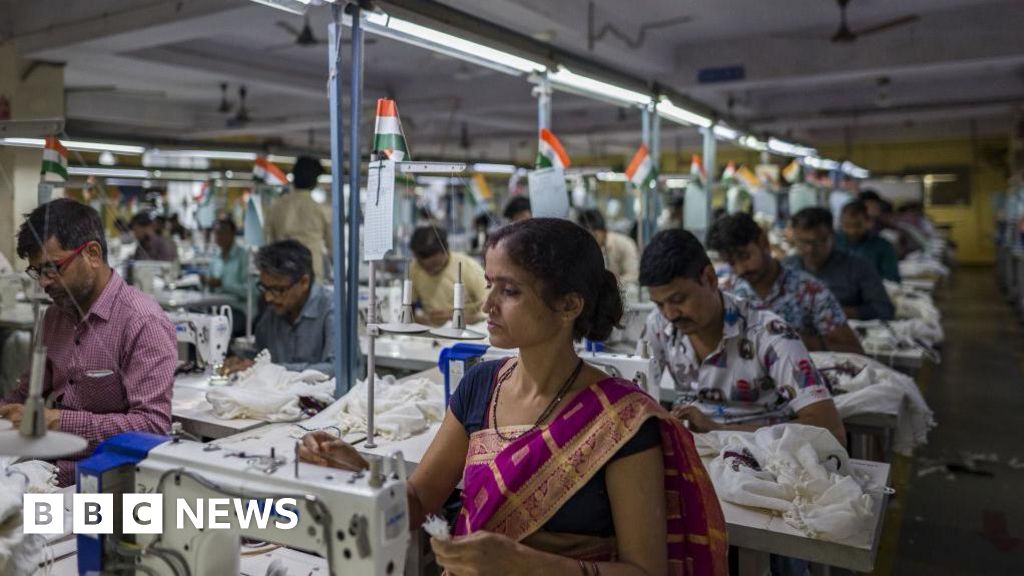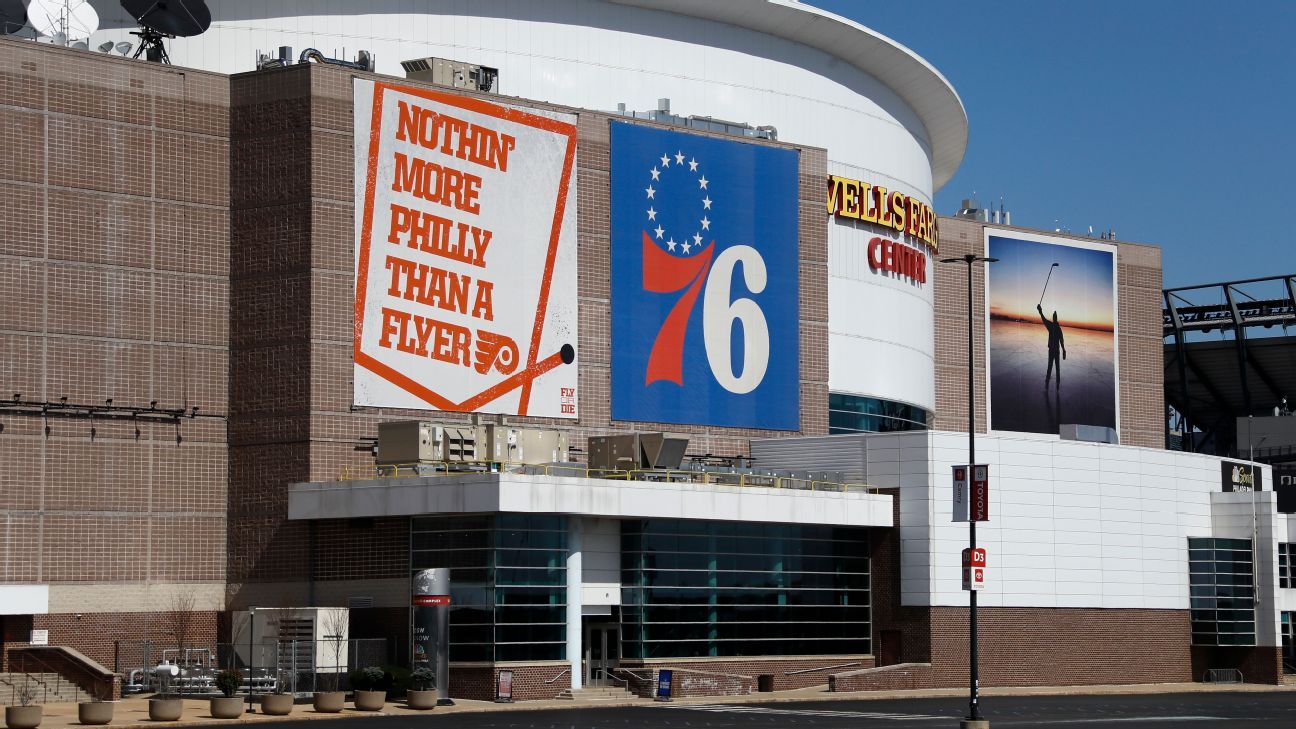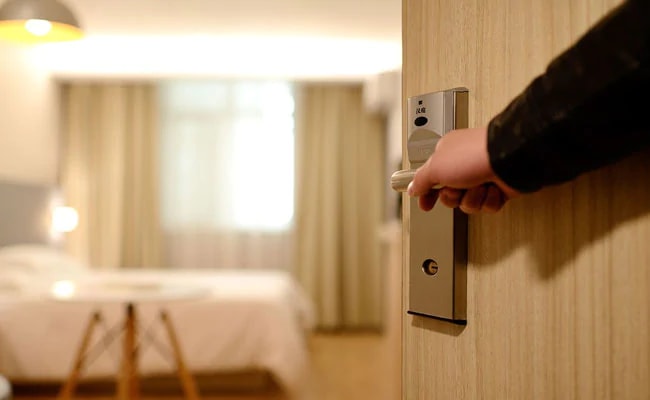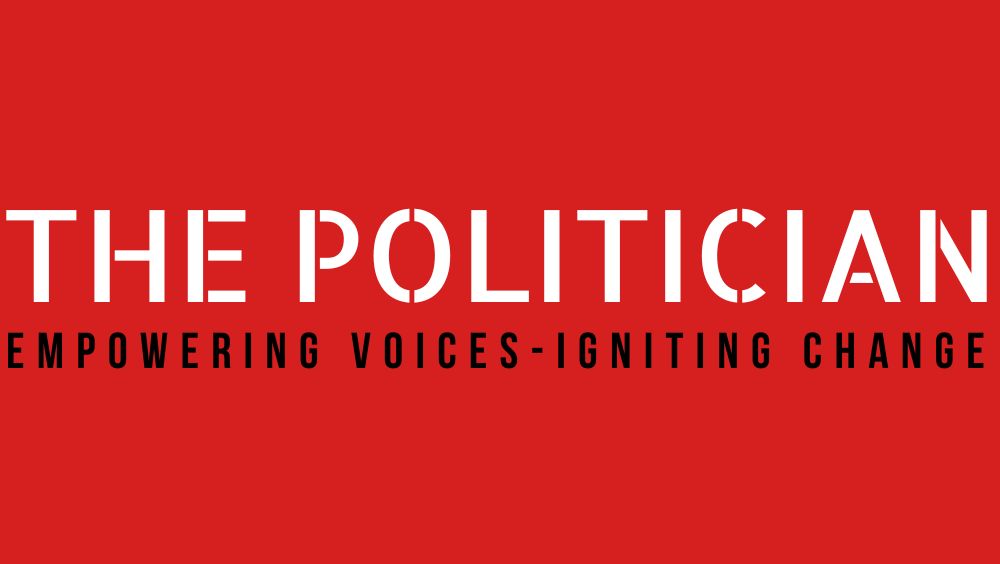The Princess Cake Gets Its Princess Moment


Modern takes on the classic Swedish prinsesstårta are gaining fans stateside
Growing up in Los Angeles, Hannah Ziskin’s favorite cake was the Swedish princess cake. Her family — not Swedish at all, she notes — got it from the Viktor Benes Bakery inside Gelson’s Market. “That was my birthday cake for my whole life,” says the pastry chef. Even after moving to San Francisco, where Ziskin worked at Bar Tartine and Nopa, she would “always seek it out.”
It’s come full circle: Ziskin now makes Los Angeles’s reigning princess cake, a Swedish dessert that’s known for its layers of sponge cake, jam, and custard, and its colorful, domed appearance. The cake is known as such because it was beloved by the Swedish princesses for whom its inventor, Jenny Åkerström, a cookbook author and home economics teacher, cooked.
At Quarter Sheets, the pizza parlor Ziskin opened with her partner Aaron Lindell in 2022, “upwards of 75 percent of people who come in here will order a piece of princess cake with their meal,” Ziskin says — well, at least until they sell out for the day. Despite repeatedly increasing production, she says the restaurant “really can’t keep up” with the demand.
/cdn.vox-cdn.com/uploads/chorus_asset/file/25978099/Copy_of_EvaKolenkoPhoto_QuarterSheets_U0A8259.jpg) Eva Kolenko
Eva Kolenko
Princess cake probably isn’t what you expect at a pizza shop (perhaps more appropriately, Ziskin also offers ice cream sundaes and a rotating selection of slab cakes). But princess cake is as much a staple at Quarter Sheets as cheese pizza. According to Ziskin, “It’s very unexpected at a pizza parlor to have a beautiful, delicate slice of cake at the end, and we embrace the dissonance of those two things.”
The Swedish princess cake has long had its devotees. For Charlotta Zetterström, co-founder of the bakery Fabrique, which opened in Stockholm in 2008 and has locations in New York City and London, the princess cake is a symbol of “celebration and positivity.” It’s her “all-time favorite,” she says. The cake is as essential as a Swedish cinnamon bun.
Known as prinsesstårta, the princess cake is one of Sweden’s most recognizable and beloved pastries. First introduced by Åkerström in 1948, it was originally known as gröntårta, or green cake, because of its colorful marzipan coating. But because the cake was such a hit with the Swedish princesses Margaretha, Märtha, and Astrid, it gained a new moniker.
In the United States, the princess cake has historically been a more niche dessert: popular in some places, but not quite a household name. In 2022, now-San Francisco Chronicle restaurant critic MacKenzie Chung Fegan described princess cakes as “as hard-to-find in New York as they are ubiquitous in San Francisco,” the latter of which gained a large Scandinavian population during the Gold Rush.
That seems to be changing, with princess cake popping up on restaurant menus and seeing higher demand at some bakeries. One major sign that it’s into the mainstream stateside: The New York Times recently published its own recipe for princess cake, from the recipe developer Nicola Lamb, which was among the website’s most popular recipes ahead of the Easter holiday. It’s even translated to commerce, with the high-end lifestyle brand Flamingo Estate introducing a princess cake-inspired candle last month.
The classic princess cake features sponge cake layered with vanilla custard and fresh fruit or jam, typically raspberry. (Despite the presence of jam in many princess cakes today, some argue that it was not part of the original recipe.) It’s topped with whipped cream and then draped with a layer of green marzipan. Often, a single marzipan rose adorns the top of the cake. Because of these multiple components, bakers, including Lamb, sometimes find the princess cake intimidating. To make the cake more approachable, Lamb took strategic steps. She cut down the number of layers, and called for using store-bought marzipan and jam, and assembling the cake upside down in a bowl. Still, it all adds up to 22 steps.
For that reason, most people in Sweden get their princess cakes from bakeries, according to Zetterström. Since Fabrique opened in NYC in 2019, the bakery has sold whole princess cakes as an off-menu item. “From the beginning, Swedes asked us if we could do it,” Zetterström says. The Swedish customers invited their American friends to their parties, and the cake took off via word of mouth. The demand has risen so much at the NYC and London locations that the bakery is now adding a version of the princess cake that’s re-envisioned as a rolled cake to the official menu and selling it in slices.
/cdn.vox-cdn.com/uploads/chorus_asset/file/25978104/Hildur_0225_LizClayman_0493.jpg) Liz Clayman
Liz Clayman
When coming up with the menu for Hildur, a new Scandinavian bistro in Brooklyn, “herring and princess cake was a must,” says co-owner Emelie Kihlström. Her grandmother — the restaurant’s namesake — used to make it for family gatherings. “It’s kind of in my DNA,” she says.
Some princess cakes, like Hildur’s, take liberties with the concept. “I was a little tired,” Kihlström says. “The way I had been eating it for all this time, there was never any variation.” Hildur’s version features a lemon zest-heavy queen’s jam, a mixture of blueberries and raspberries. Instead of vanilla custard, it’s a diplomat cream with caramelized sugar. Colored pink and individually sized, the dessert appears on almost every single table at Hildur — so popular that the restaurant is workshopping princess cake pops for catering and events.
At Fink’s in London, pastry chef Adriann Ramirez makes princess cake with rhubarb jam and cardamom pastry cream, or with the deep flavors of Black Forest gateau. At Sant Ambroeus, the chain with locations in New York City, Aspen, Milan, and Palm Beach, the Italian-leaning, influencer-beloved principessa cake features lemon sponge (it inspired that Flamingo Estate candle). And Lamb’s version of the cake involves a mascarpone whipped cream that some people wrote off for being nontraditional.
Ziskin uses an olive oil chiffon cake, which she says brings in a grassy, savory note. Like Lamb, she uses mascarpone to add another layer of flavor and stabilize the whipped cream since “people come to pick [the cakes] up from all over the place.” To help meet the demand, her princess cakes are made in long, domed tubes that are cut into easy, flat slices, as opposed to the classic round cakes. And while the components of the cake don’t change, the color of the marzipan does: sometimes dark blue, other times sunset orange.
How Ziskin’s family landed on the princess cake remains a mystery to her, though her guess is that it had to do with the bright green color. “My mom just happened upon something,” Ziskin says. “And it changed my life.”












































































































































































